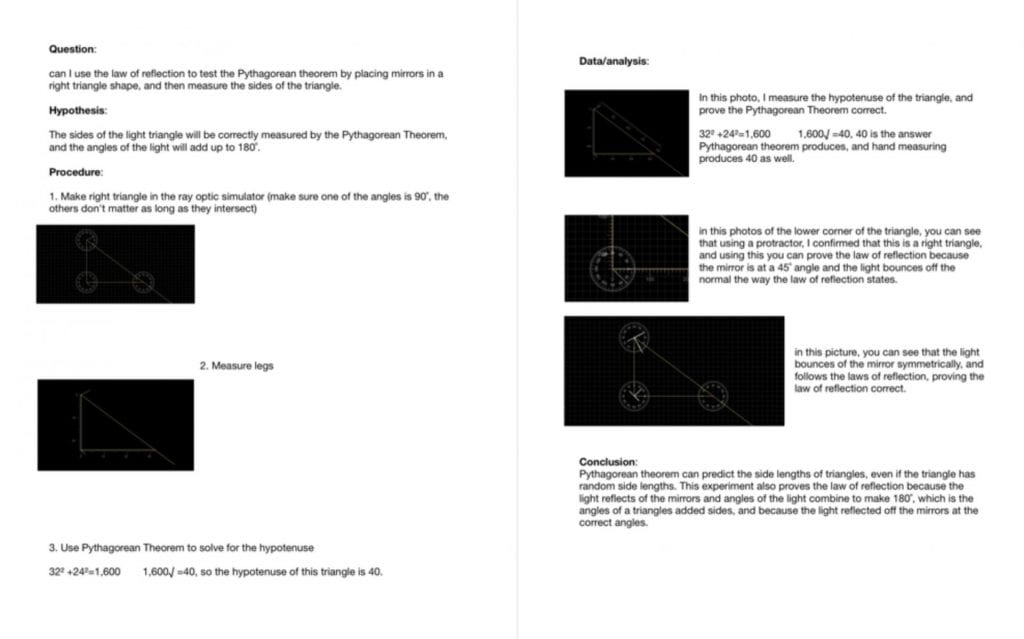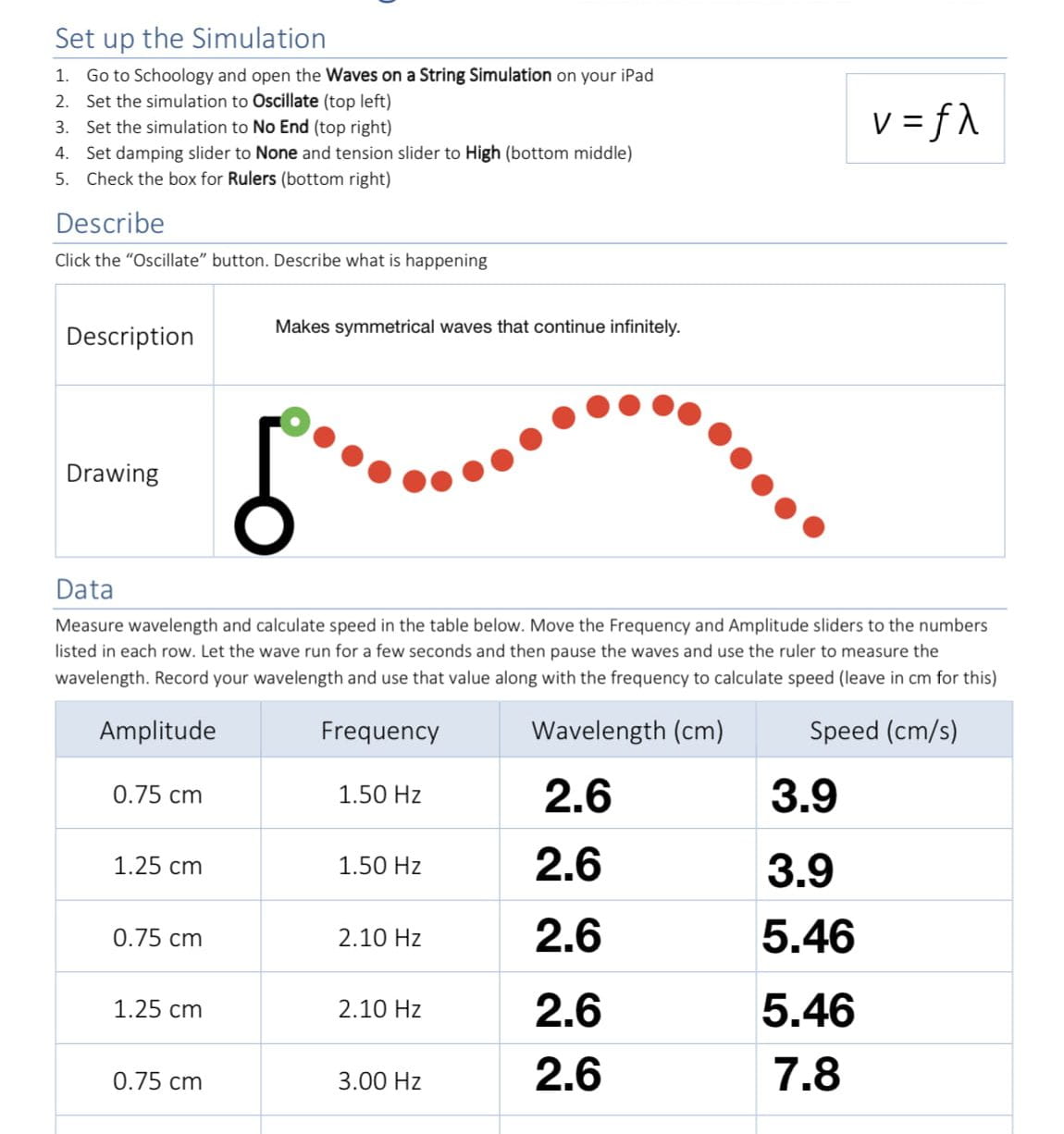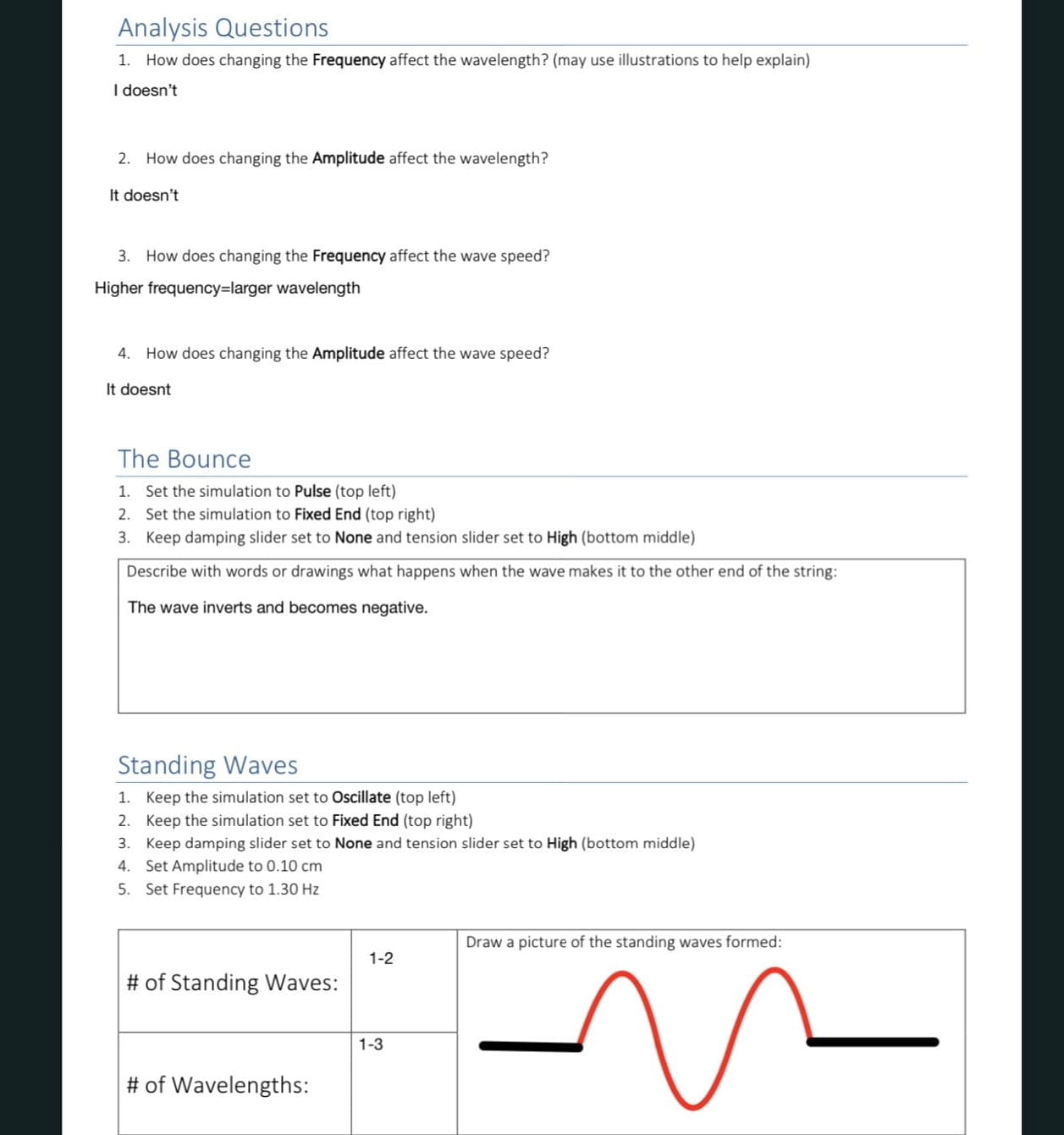Hello, and welcome to anotherblog post. In this post I am going to show all I have learned throughout the laser laws project. First, I’ll start with the driving question: how can I test Pythagorean theorem and the law of reflection. There are many ways to test this, but first we had to build our knowledge on the subject by completing worksheets and doing cool science experiments. For example, at the start of the project we played laser tag, were there are two teams and they both try to shoot the other team’s target with their laser, while protecting their own. There was not to much to be learned from this activity, but it was a fun intro to the law of reflection. After that we did a project start mind map:

And along the way, I added to the question section, and also answered them all in another mind map at the end of the project:

While mind maps are all fun and good, though, we still haven’t actually tested the law of reflection or Pythagorean theorem. We did a small workbook to get up to speed, and then did a really cool experiment about the wave model of light. Here is the experiment:
in the waves lab, I learned a lot about the nature of light, and how there are multiple models that can be used to define it. We were then split into groups, then did an experiment on Pythagorean theorem. In My groups’s experiment, we tested to see if you can use Pythagorean theorem to get the values of the two legs with only the hypotenuse. The answer was no, but if you know that the legs are the same you can do it.

In my second milestone, we did a khan academy test to check our understanding. Our third milestone was yet another experiment, this time testing if the law of reflection can be used to make shapes.
After this, we started on milestone four, the design for our laser triangle. This design may or may not be used as the final design, but it is a crucial step nonetheless. There were three revisions of this, but here is the final one:

Then, it was time for the final design. The groups started to set up the mirrors, prepare the laser circuits, and do all-around finishing touches.
Then all the groups set up their projects near the smoke machine, then we all got really cool views of our work coming together.

I overall learned a ton from this project, from how to measure est sides of a triangle to the different models of light
And, finally, the curricular competencies:
The first of three, questioning and predicting, is about ‘‘Demonstrating a sustained intellectual curiosity about a scientific topic or problem of personal interest’’ I think that I did this quite well, as I was on task and very interested in the class.
In the second, Questioning and predicting, you must ‘‘Demonstrate a sustained intellectual curiosity about a scientific topic or problem of personal interest’’, and I did well in this, because i had so many questions about the law of reflection and Pythagorean theorem. Luckily, google search, textbooks, and class resources exist.
The last but not least competency is applying and innovating: cooperatively design projects. I believe I did this well because our group got along well and our final product checked all boxes
And, the answer to the driving question: out of the many ways you could test the law of reflection, by far the simplest is to just grab a mirror and shine a laser on it in a dark room, and take a picture and measure the angles in it. To test the Pythagorean theorem, you could draw right triangles with random side lengths, then use Pythagorean theorem to solve for the missing edge. Then, check your answer using a ruler or, the measure app.

